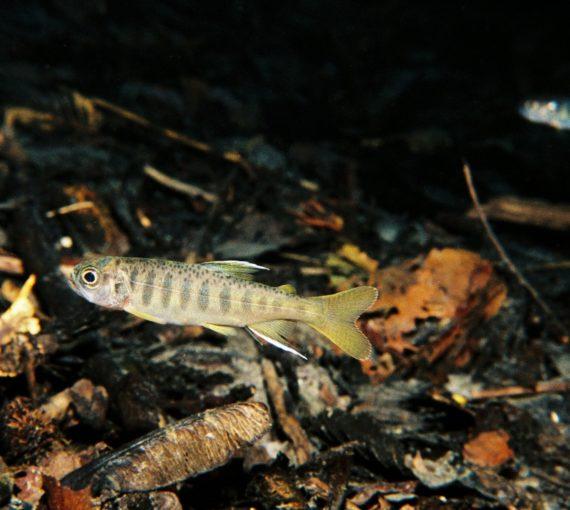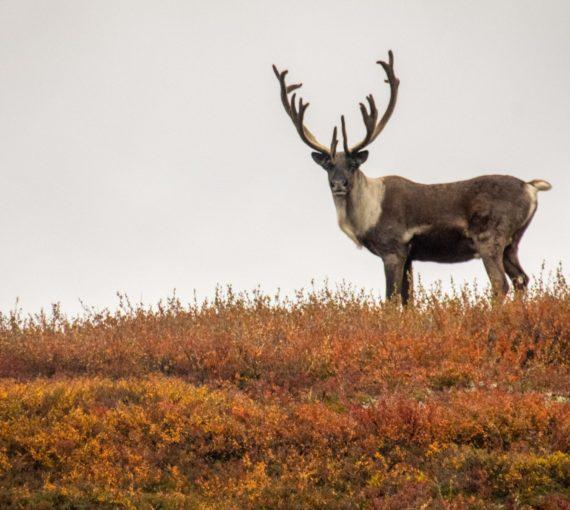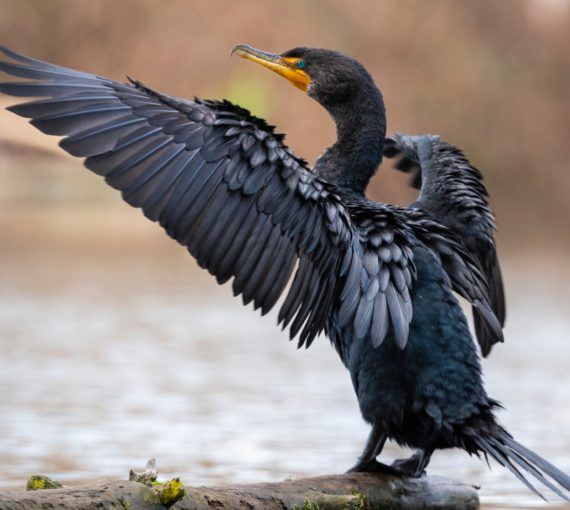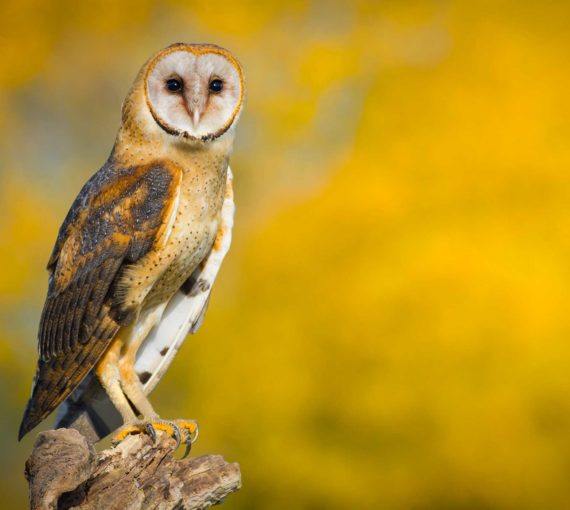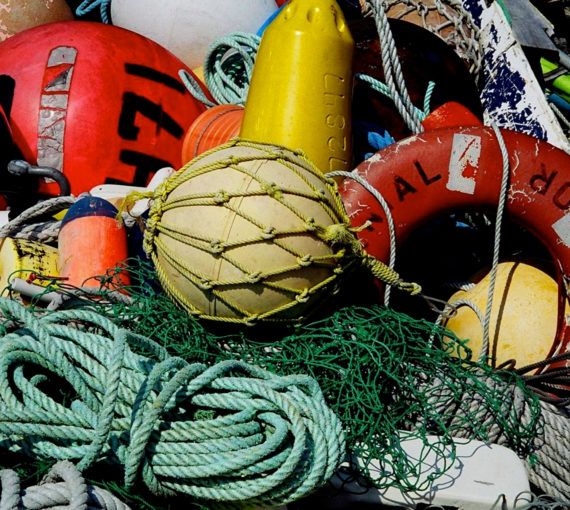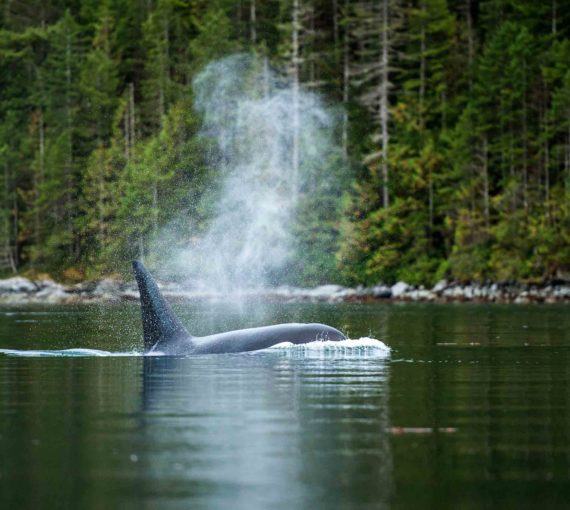
I noticed that many, if not most, of the octopuses were swimming away from the camera, trying to hide. (Photo: Vlad Tchompalov via Unsplash)
Instagram has been in the news a lot lately, having been determined bad for the self-images of girls. As a wildlife campaigner, I believe it’s bad for octopuses too.
I joined Instagram to follow my sister’s travels. The algorithm immediately (and successfully) drew me to wildlife photos and videos. After revelling in the documentary “My Octopus Teacher,” I was delighted to see daily clips of octopuses in motion. I followed some whale feeds, marvelling in the sight of their giant bodies breaching beside whale-watching boats. I then received invitations to follow streams of wildlife in Africa. For a while, I spent a few minutes each day looking at my Insta-feed, infused with calm and wonder before returning to what I was doing.
But soon the experience began to sour. I noticed that many, if not most, of the octopuses were swimming away from the camera, trying to hide. Despite being well aware that wild animals have different senses of privacy than humans, I began to resent images that showcased animals mating or expelling waste. It seemed there were no boundaries to guide when my fellow humans should put down their cameras and leave wildlife to itself.
I know that most wildlife photographers and videographers have the utmost respect for wildlife and follow ethical protocols. My fault isn’t with them; it’s with the prevalence of our reach, combined with the hunger created by social media — of those who scroll and those who post.
I’m not alone in this observation. According to a New York Times article, “mammals across the globe are becoming increasingly nocturnal to avoid humans’ expanding presence.” It’s hard to blame the newly nocturnal. Sure, it’s a wonder to see whales, but are there whales anywhere that aren’t being watched? Is there a single cheetah in the Serengeti without cameras pointed at it every daylight hour?
Clearly, taking wildlife photos is better than killing animals for trophies or capturing them for zoos. I know that most wildlife photographers and videographers have the utmost respect for wildlife and follow ethical protocols. My fault isn’t with them; it’s with the prevalence of our reach, combined with the hunger created by social media — of those who scroll and those who post.
Are there ways to love wildlife that are neutral or positive, without, say, swimming in the ocean every day and learning to hold one’s breath for eight minutes?
In an ideal world, our relationships with wildlife would be relational. We would find ways to respectfully come to know the animals with which we share land and water.
In an ideal world, our relationships with wildlife would be relational. We would find ways to respectfully come to know the animals with which we share land and water. We are, after all, animals too. As a city dweller, this approach usually limits me to churring to raccoons on my porch at night, and leaving water out for them on hot days (to the consternation of everyone else in my neighbourhood).
It’s hard to find the sweet spot: to love the natural world, but not love it to death; to find inspiration and joy from wildlife, without knocking it over with our heavy footprint. I continue to wrestle with this. In the meantime, I haven’t looked at my Instagram account in a while. I think I’ll switch to only following sea stars.
This op-ed was originally published in The Toronto Star
Our work
Always grounded in sound evidence, the David Suzuki Foundation empowers people to take action in their communities on the environmental challenges we collectively face.

